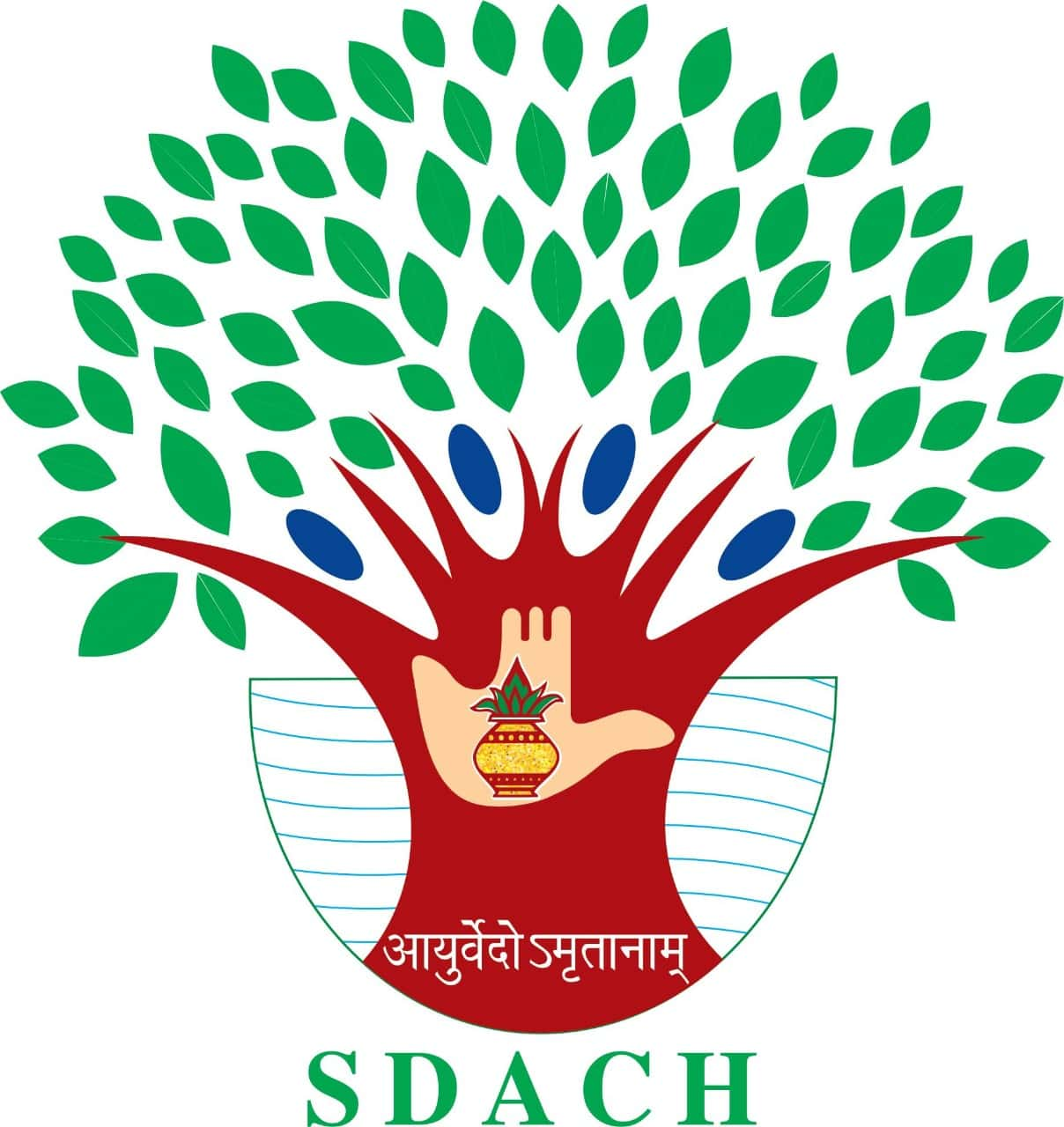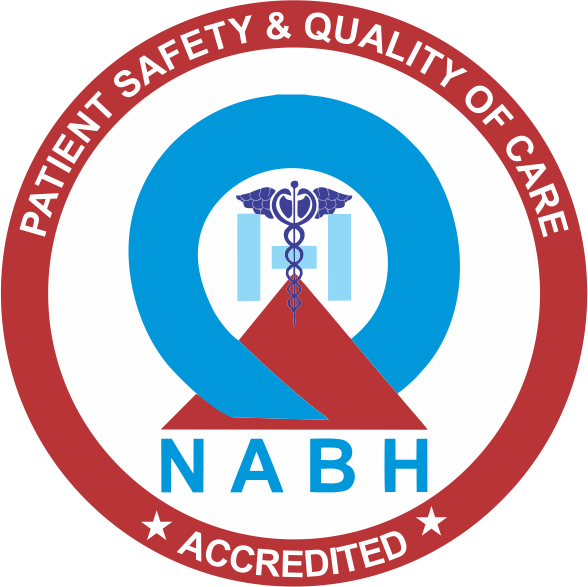Binomial name:
Bombax ceiba Linn
Synonym:
Bombax ceiba Linn, Bombax malabaricum Dc, Salmalia malabarica (DC.) (Schott & Endl.), Gossampinus malabarica (DC.) Merr (Ghani, 1971).
Vernacular names:
Common name: Indian bombax, Kapok tree, Red silk cotton tree
Hindi-Semal, Semul
Malayalam-Ilavu, Mullilavu, Poola, Poolamaram, Panjimaram
Plant description in classical literature
Mochras is a plant exudates obtained from Sembhal tree. Sembhal is a very tall tree with approximately 150 feet height. Bark is whitish; leaves are like a jamun leaf, flowers are red in color and patels are very thick. Dry fruits are filled with very soft silky cotton like material. Sembhal tree exudate (mochras) is a gummy material obtained from stem barks eaten by insect.Exudate is thick, white while depositing on the bark and becomes blackish red after drying. It is mostly tasteless but some time slightly bitter. It is available in easily breakable tear shaped dry particles.
Botanical description:
Bombax ceiba is a deciduous tree of up-to 45 m high, bole straight, buttress 1 – 2 m high, bark 20 – 30 mm thick, grey mottled with white color; branches horizontal and more or less whorled. Leaves are digitately-compound, alternate, stipulate; stipules small, lateral; rachis 12 – 25 cm, glabrous; leaflets 5 – 7, whorled; lamina 10 – 20 x 2 – 6 cm, elliptic, elliptic-obovate; margin entire, glabrou. Flowers are bisexual, dark crimson, 6 – 7 cm across, solitary or 2 – 5 together; calyx campanulate, lobes 3 – 4 x 3 cm, glabrous outside, silky inside; petals 5, 8.5, 7.5 cm long; ovary conical, tomentose, 5-celled; ovules many; style exceeding the stamens; fruit a capsule, 8 – 10 x 3 cm, downy tomentose, cylindrical, blackish and glabrous at maturity; seeds numerous, pyriform, smooth, dark brown, embedded in white cotton.
– 18 x 3.5 – 5 cm, elliptic-obovate, fleshy; stamens 65 – 80, 3 – 7.5 cm long; ovary conical, tomentose, 5-celled; ovules many; style exceeding the stamens; fruit a capsule, 8 – 10 x 3 cm, downy tomentose, cylindrical, blackish and glabrous at maturity; seeds numerous, pyriform, smooth, dark brown, embedded in white cotton (ITIS Report, 2015)
– 18 x 3.5 – 5 cm, elliptic-obovate, fleshy; stamens 65 – 80, 3 –
– 18 x 3.5 – 5 cm, elliptic-obovate, fleshy; stamens 65 – 80, 3 – 7.5 cm long; ovary conical, tomentose, 5-celled; ovules many; style exceeding the stamens; fruit a capsule, 8 – 10 x 3 cm, downy tomentose, cylindrical, blackish and glabrous at maturity; seeds numerous, pyriform, smooth, dark brown, embedded in white cotton (ITIS Report, 2015)
Habitat:
It is widely found in temperate Asia, tropical Asia, Africa and Australia. In India, it is found at altitudes up to 1500 m. In peninsular India, the tree is very common in the dry as well as moist deciduous forests and near rivers. The tree is a strong light-demander, fast growing, grows best on deep sandy loams or well-drained soils, particularly in valleys and regions receiving 50 to 460 cm annual rainfall well distributed throughout the year.
Part used:
Fruits, heart wood, stem bark, gum, and root
Uses:
Bark demulcent, tonic and styptic. Fruit stimulant, expectorant and diuretic, used in calculus affections and ulceration of bladder and kidneys.Gum is demulcent, tonica and styptic. It is also used in dysentry, haemoptysis, pulmonary tuberculosis, influenza, menorrhagia, fever, burning sensation, skn erruptions and splenomegaly.





